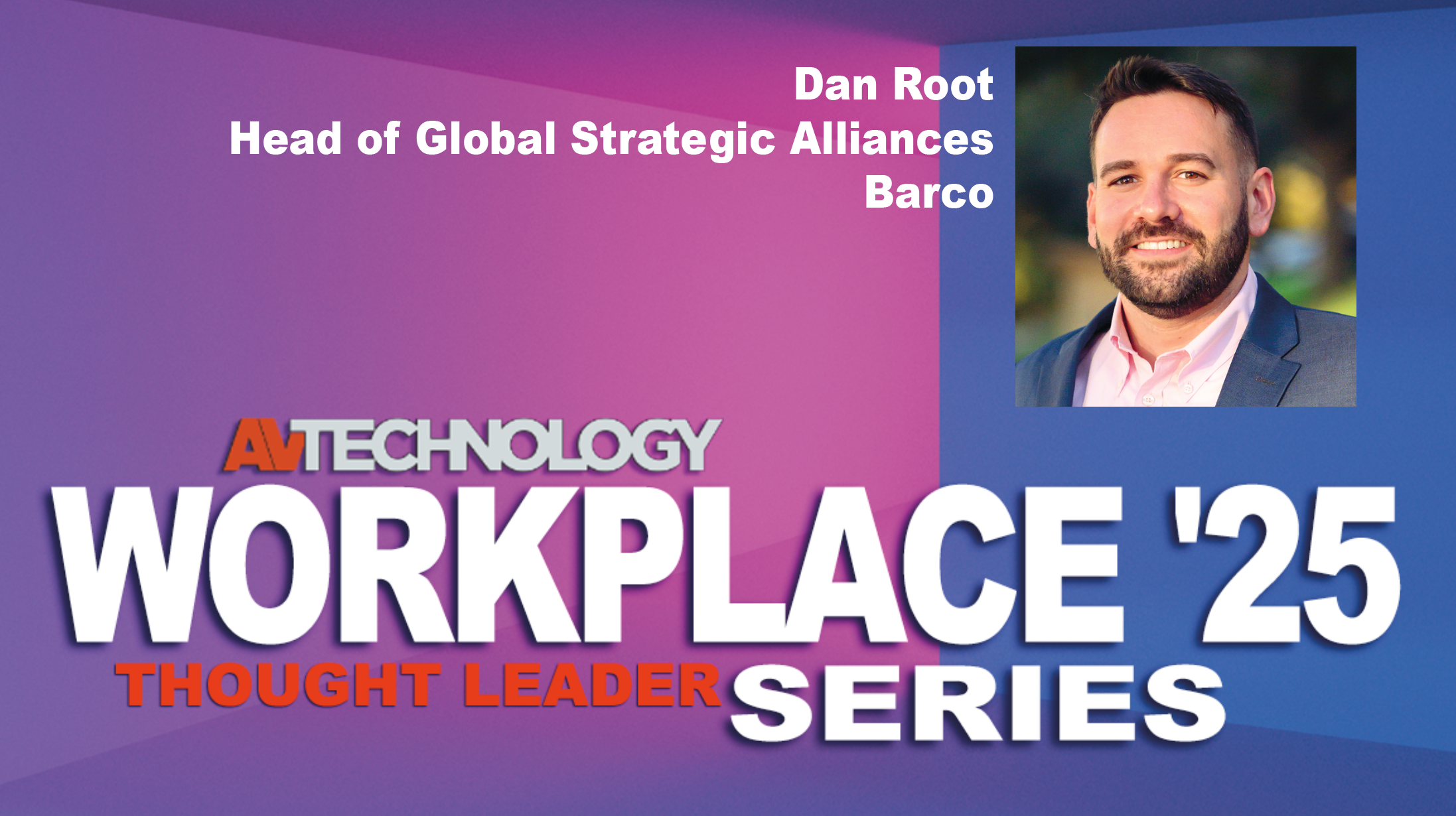AVT Question: Please share how technologies are helping to reshape the workplace and create user-friendly environments.
Thought Leader: Dan Root, Head of Global Strategic Alliances at Barco
While organizations have shown that remote work is feasible on a large scale, the C-suite has struggled to establish consistent hybrid work policies. Despite significant investments in workspaces and collaborative technologies, employees are not willing to give up the flexibility they have become accustomed to, revealing that a one-size-fits-all approach to the employee experience is unrealistic.
Rather than shifting from one return-to-office (RTO) policy to another, a more effective strategy is to tailor work arrangements based on organizational, regional, and employee needs. If your back-to-office initiatives are failing, the issue may lie within your company culture, not your employees.
Studies show that employees who work three days in the office and two days at home perform better, are more satisfied, and have higher retention rates than those who work entirely in the office." —Dan Root, Head of Global Strategic Alliances at Barco
Hybrid policies have not met the expectations of many companies. In fact, 74 percent of companies have revised their hybrid work policies multiple times since 2020. Are senior leaders being torn between the desire for in-person collaboration and the need for modern work flexibility?
To achieve the right balance, leaders must recognize that the decision is not about what is easiest or most cost-effective. Using outdated technologies to drive policy decisions does not resonate with the workforce. Leaders need to understand their employees’ daily experiences to provide hybrid technologies that enable flexibility and drive innovation.
Hybrid work offers greater potential than total RTO mandates. Studies show that employees who work three days in the office and two days at home perform better, are more satisfied, and have higher retention rates than those who work entirely in the office.
However, successful hybrid work routines require time and intention. Rushed implementations often fail, as decision-makers may hastily follow competitors’ leads. Organizations need to rebuild their culture around hybrid work, considering each team and individual’s technical and human needs. This requires involvement from all stakeholders, including facilities, IT, operations, and HR. The nuances of hybrid work need to be addressed with equally nuanced policies and technology.

